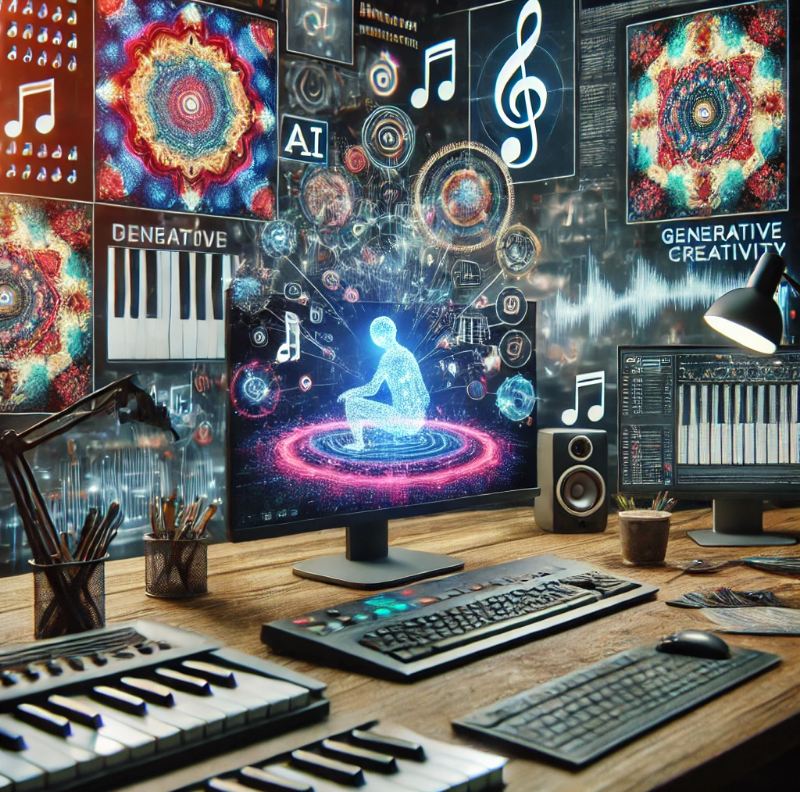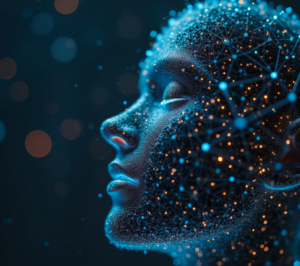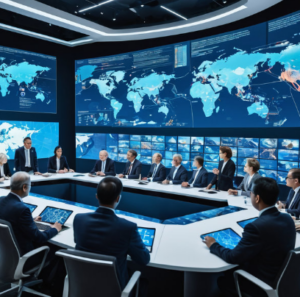
Dive deep into generative AI and its far-reaching impact on content creation, from media and entertainment to architecture and product design.
Generative AI is one of the most exciting and transformative developments in the AI landscape. These systems use machine learning models to create new, original content, including text, images, music, and even video. The scope of generative AI is vast, influencing industries ranging from entertainment and design to marketing and product development.
How Generative AI Works
At the heart of generative AI are neural networks, particularly Generative Adversarial Networks (GANs) and Variational Autoencoders (VAEs). These models learn from massive datasets and generate content that mimics the patterns and structures found in that data. GPT models, like OpenAI’s GPT-4, are a famous example in the domain of text generation, capable of creating coherent and contextually relevant articles, stories, and code.
Media and Entertainment: AI as a Creative Partner
In the entertainment industry, generative AI is redefining creativity. AI tools like DeepArt and Runway ML allow artists, filmmakers, and designers to generate new ideas, augment their projects, and even create entire works from scratch. For instance, AI-generated music is being used in video games and movies, where procedural generation ensures the soundtrack adapts in real time. Additionally, AI can generate visual effects, design storyboards, and assist in scriptwriting, making it an invaluable tool for creatives.
AI in Marketing and Content Creation
In marketing, generative AI tools like Jasper AI, Copy.ai, and Writesonic are reshaping how content is produced. These platforms allow marketers to generate high-quality blogs, social media posts, and advertisements in a fraction of the time. Beyond just content writing, AI is now being used to create custom imagery and videos that align with a brand’s messaging, reducing the dependency on traditional graphic designers and video editors.
Architecture, Design, and Product Innovation
Generative design, a subset of AI used in architecture and product development, is opening new possibilities for creativity and efficiency. Tools like Autodesk’s Dreamcatcher and nTopology allow engineers and designers to input parameters and let the AI explore a multitude of potential designs. This process leads to innovative solutions, such as creating structures that maximize strength while minimizing material use, a key factor in sustainable architecture.
Ethical Considerations: Copyright, Ownership, and Creativity
Generative AI’s rise also brings up ethical and legal challenges. Who owns the AI-generated content? Can AI be considered a legitimate creator? As AI-generated content becomes more indistinguishable from human-made works, industries will need to rethink intellectual property laws and the nature of creativity itself.
Shaping the Future of Creative Industries
Generative AI is redefining creativity by opening new avenues for innovation across various industries. From generating art and music to designing products and architectural blueprints, AI is not just a tool but a collaborator in the creative process. As this technology becomes more accessible, we will likely see further disruptions in how content is created, distributed, and consumed. Yet, the rise of AI in content creation also raises important ethical questions around originality, authorship, and intellectual property. Striking a balance between leveraging AI’s potential and maintaining human creativity will be key to shaping its role in the future of the creative industries.


